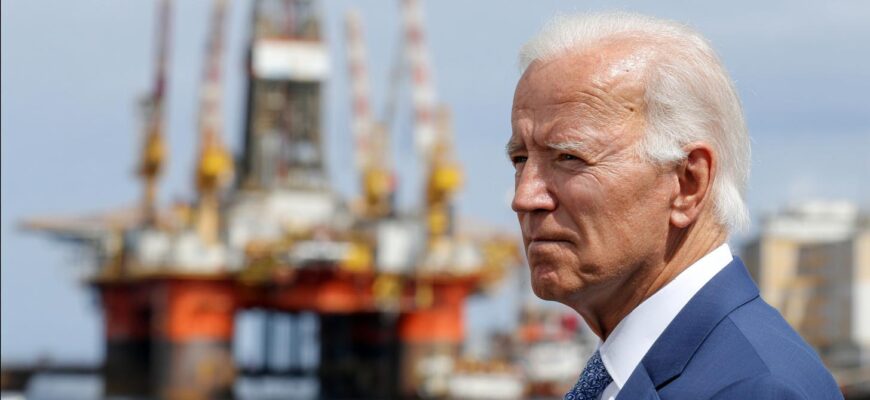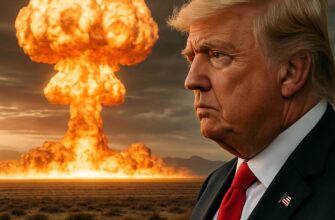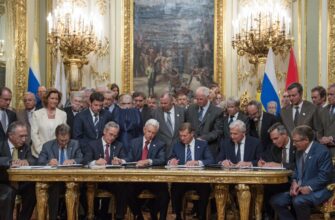The European Union’s decision to push toward an EU Russian oil ban by 2028 is one of the clearest signs yet that geopolitics and energy policy are merging into a single urgent project. For readers trying to understand what this means for prices at the pump, for industry, and for the continent’s relationship with Moscow, the picture is complex but navigable. This article walks through the motivations, mechanisms, and consequences of the proposed ban, unpacks how it ties into broader goals like energy independence EU and the EU energy transition, and explains why a US EU energy deal could be pivotal for success.
- Why the EU Russian Oil Ban Is Happening
- Key Drivers
- How the Ban Would Work: Phasing and Enforcement
- Timeline Overview
- The Role of a US EU Energy Deal
- Potential Elements of a US EU Energy Deal
- Energy Independence EU: Aspirations Versus Reality
- What Strategic Independence Looks Like
- Economic and Market Impacts
- Table: Short-, Medium-, and Long-Term Economic Effects
- How Industries Will Adapt
- Adaptation Measures by Sector
- Political Dynamics within the EU
- Tools for Maintaining Unity
- Risks and Uncertainties
- Major Risks
- How Individuals and Businesses Can Prepare
- Practical Steps
- What Success Looks Like
- Conclusion
Why the EU Russian Oil Ban Is Happening
At its simplest, the move is a reaction. The Russian invasion of Ukraine transformed energy from a technical matter into a tool of foreign policy. Many EU capitals now view continued reliance on Russian hydrocarbons as a strategic vulnerability. That realization underpins the push not only to phase out Russian gas but also to eliminate oil imports within a fixed timetable. The EU Russian oil ban is being framed both as a moral response and a practical security measure: reduce the leverage of a hostile supplier and remove a major revenue stream used to fund military action. Best real money online casino australia
But it isn’t just politics. The EU has long been committed to the EU energy transition, reducing greenhouse gas emissions and investing in renewables, efficiency, and modern grids. The political shock has accelerated timelines and made energy independence EU a more urgent goal. In short, the proposed ban is at once a sanction tool, a spur for decarbonization, and a catalyst for rethinking supply security.
Key Drivers
- Security of supply: reduce leverage and dependency on a single, politically risky supplier.
- Climate goals: use the opportunity to accelerate the EU energy transition toward renewables and efficiency.
- Political solidarity: align member states behind a unified stance in response to aggression.
- Economic signaling: raise the cost of aggression by targeting a major export sector.
How the Ban Would Work: Phasing and Enforcement
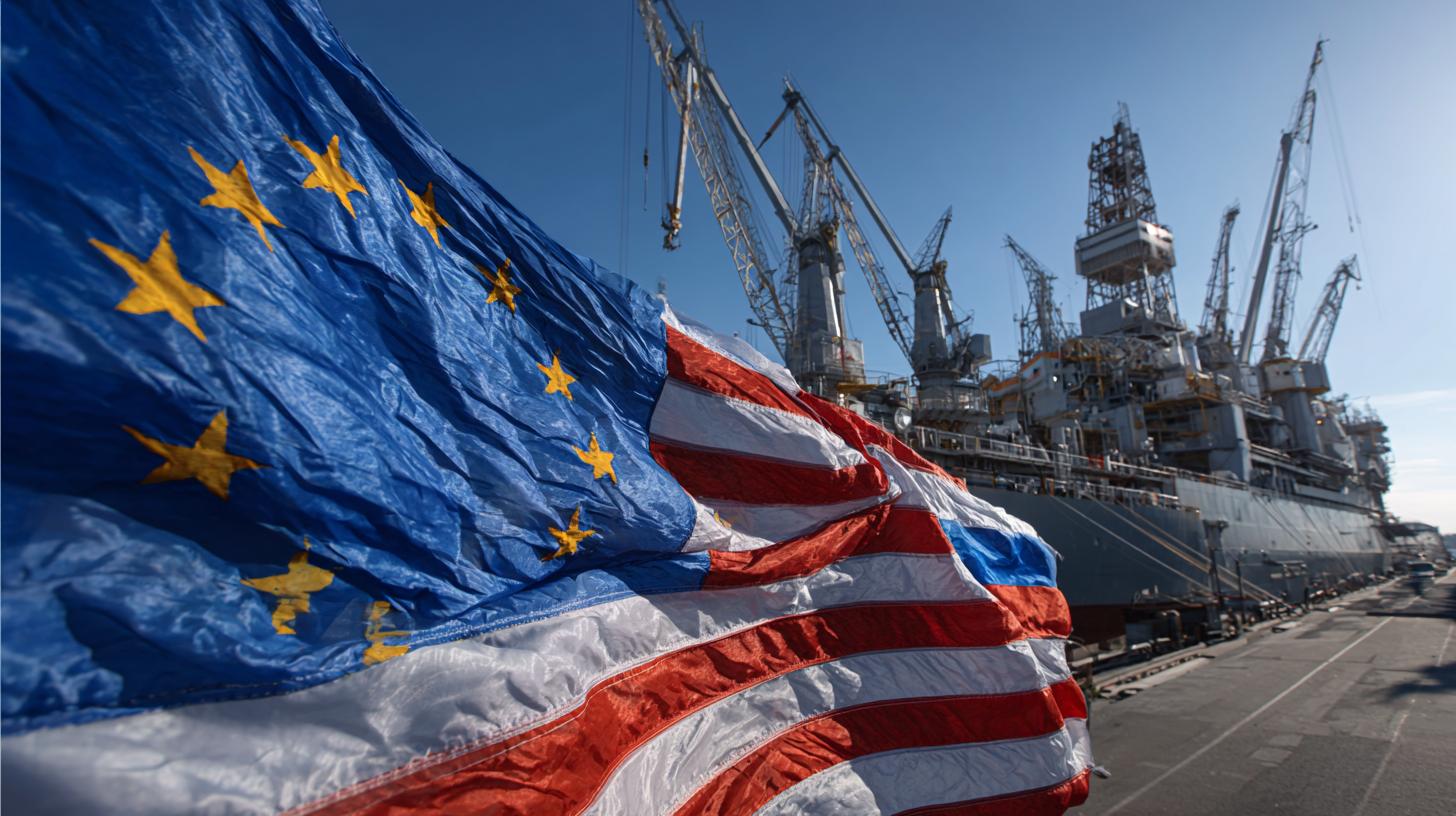
A ban of this scale needs a clear, phased approach. The most likely design combines immediate restrictions on new contracts, progressive limits on refined products, and a final cut-off for crude imports by 2028. Enforcement will rely on customs checks, certification systems, and coordinated sanctions to prevent evasion through third-party rerouting. Member states will need to harmonize their rules so that goods cannot be laundered through transit hubs.
Timeline Overview
| Year | Policy Action | Expected Impact |
|---|---|---|
| 2023-2024 | New import contract ban; restrictions on refined products | Slow decline in reliance; industry begins seeking alternatives |
| 2025-2026 | Increased quotas; certification and tracking systems in place | Import volumes drop notably; logistical shifts to other suppliers |
| 2027 | Final preparatory measures; contingency energy plans enacted | Stockpiles built; temporary demand-side measures possible |
| 2028 | Full ban on Russian crude oil imports | Near-zero direct Russian oil revenue to EU; gas remains an ongoing issue |
This phased approach gives markets and companies time to adapt, but it still requires decisive investment and industry cooperation. That is where the United States enters the picture: a well-structured US EU energy deal could smooth the transition, provide alternative supplies, and inject both political and material support.
The Role of a US EU Energy Deal
A US EU energy deal can take many forms, from increased LNG exports to joint investments in renewables and hydrogen. At the diplomatic level, American endorsement of the EU Russian oil ban strengthens international coordination and reduces the scope for evasive trade practices. Practically, the United States can offer short-term relief by ramping up liquefied natural gas (LNG) exports to Europe, help finance liquefaction and regasification terminals, and partner on critical technologies like carbon capture, grid integration, and green hydrogen.
Yet a US EU energy deal is not a silver bullet. The United States can augment supply and help build resilience, but scaling up global oil alternatives—especially for industries that require liquid fuels like aviation, shipping, and certain industrial processes—will take time and capital. The best outcomes come when such a deal is coupled with strong EU domestic action: greater energy efficiency, accelerated renewables deployment, and targeted industrial policy.
Potential Elements of a US EU Energy Deal
- Increased LNG shipments and long-term purchase agreements.
- Joint financing for energy infrastructure in Europe (terminals, pipelines, storage).
- Technology partnerships for renewable energy and hydrogen.
- Coordinated sanctions enforcement to prevent circumventing the EU Russian oil ban.
Energy Independence EU: Aspirations Versus Reality
Everyone loves the phrase energy independence EU, but what does it mean in practice? Complete self-sufficiency in energy for Europe is unlikely—and perhaps not desirable—because trade can improve resilience. The realistic aim is strategic independence: reduce exposure to politically risky suppliers, diversify energy sources, and develop domestic capacity that can be scaled rapidly in a crisis.
This distinction matters. An emphasis on energy independence EU can motivate industrial policy—subsidies for local manufacturing of wind turbines, solar panels, batteries, and electrolysers for green hydrogen. It can prompt investment in smarter grids, energy storage, and demand-response technologies that lower peak vulnerability. Import substitution will focus on critical areas: low-carbon fuels, base-load generation alternatives, and strategic stockpiles of refined products.
What Strategic Independence Looks Like
- Diversified imports with multiple geographic suppliers (North Africa, U.S., Norway, Middle East, etc.).
- Robust domestic renewables and storage capacity to reduce day-to-day import needs.
- Strategic reserves and redundancy in critical infrastructure.
- Market and regulatory reforms to incentivize flexibility and private investment.
Economic and Market Impacts
Any major supply disruption or rerouting affects price dynamics. In the short term, an EU Russian oil ban could push global oil prices higher, particularly if alternative supplies cannot be scaled quickly. Refiners that were optimized for Russian crude grades could face compatibility issues, requiring adjustments or investments in processing. Consumer-facing prices—heating, transportation, manufacturing inputs—may see volatility.
In the medium and long term, outcomes depend on investment responses. If the EU energy transition accelerates—boosted by green stimulus and regulatory certainty—demand for liquid hydrocarbons will decline. That helps stabilize prices and mitigate the immediate pain of a ban. Conversely, if investment lags, the EU could face higher bills and awkward political trade-offs.
Table: Short-, Medium-, and Long-Term Economic Effects
| Timeframe | Primary Effect | Mitigating Actions |
|---|---|---|
| Short-term (0–12 months) | Price spikes; supply rerouting; logistic bottlenecks | Release reserves; temporary subsidies; import contracts from allies |
| Medium-term (1–3 years) | Market adjustments; investments in terminals and alternative suppliers | Investment incentives; US EU energy deal to secure LNG and tech support |
| Long-term (3+ years) | Reduced fossil demand via EU energy transition; price normalization | Accelerated renewables, electrification, green hydrogen, efficiency |
How Industries Will Adapt
Different sectors will feel the effects differently. Refineries, shipping companies, heavy industry, and aviation will need tailored strategies. Refineries that processed large amounts of Russian crude might recalibrate or invest in flexibility. Shipping routes and contracts will change, handing opportunities to ports and logistics hubs that can handle new supply chains.
Aviation and maritime fuel markets pose harder challenges. Sustainable aviation fuel (SAF) and green shipping fuels are emerging, but the scale-up needed to replace conventional fuels is immense. Hence, even with an EU Russian oil ban, transitional fossil fuels and liquid imports from other regions will still play roles for years. This is why the EU energy transition must run in parallel with sanctions—softening the blow for industries that cannot switch immediately.
Adaptation Measures by Sector
- Refining: overhaul processing units for diverse crudes; increase flexibility.
- Transport: invest in electrification, public transit, and alternative fuels.
- Industry: implement efficiency measures and electrify heat where possible.
- Power: expand renewables, storage, and cross-border grid integration.
Political Dynamics within the EU
Member states have different energy mixes and exposure to Russian supplies, which complicates consensus. Eastern European countries historically rely more on Russian gas, whereas some Western members have more diversified suppliers. The push to phase out Russian gas has been contentious, as it requires different timelines and support for vulnerable states.
To maintain unity, the EU is likely to combine binding measures with flexibility mechanisms: financial transfers, joint purchasing agreements, and investment funds targeted at infrastructure in the most exposed countries. This internal solidarity is essential; otherwise, fragmented national responses could undermine the effectiveness of an EU Russian oil ban and the broader goal of energy independence EU.
Tools for Maintaining Unity
- Financial compensation and transition funds for impacted regions.
- Joint procurement programs to leverage buying power.
- Technical assistance and expedited permitting for infrastructure projects.
- Diplomatic coordination to present a united front internationally.
Risks and Uncertainties
Any large geopolitical shift carries unknowns. The potential for market volatility, evasion of sanctions through third-party trade routes, and retaliatory measures from the affected country are real risks. Russia could respond with countermeasures targeting other sectors or by seeking new buyers in Asia. Global energy markets might restructure, with winners and losers reshaping trade patterns.
Technological progress and policy clarity can reduce these risks. Clear timelines encourage investment; robust enforcement mechanisms deter evasion; and international cooperation—especially a credible US EU energy deal—can provide buffers. But the transition will be bumpy, and policymakers must prepare for contingencies.
Major Risks
- Market volatility and price shocks.
- Sanctions circumvention through third countries.
- Retaliatory measures affecting other sectors.
- Insufficient investment in alternatives, slowing the EU energy transition.
How Individuals and Businesses Can Prepare
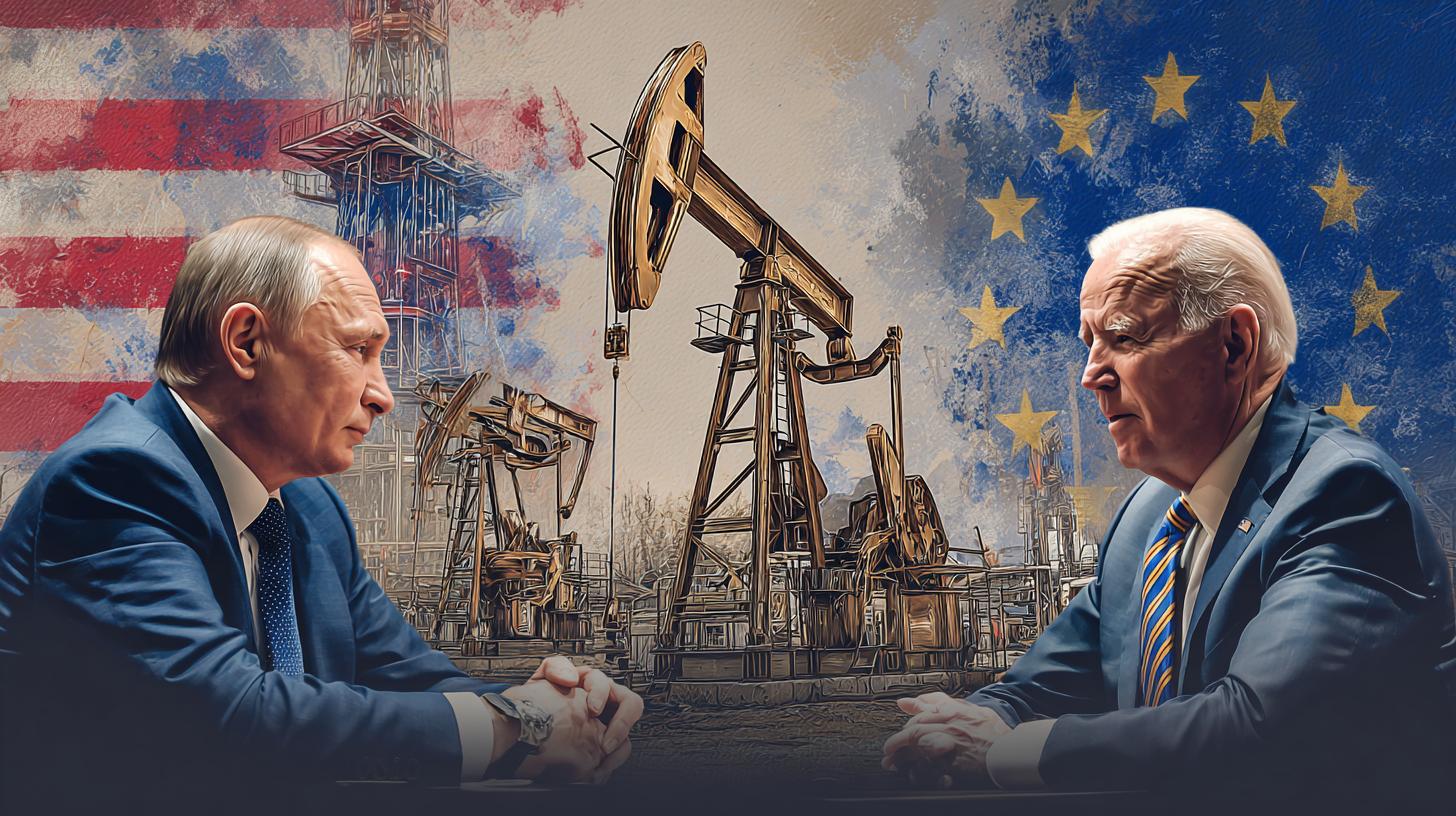
For households, energy efficiency is the most direct way to reduce vulnerability—better insulation, smarter thermostats, and shifting to electric heating where possible will lower exposure to fuel price swings. For businesses, scenario planning, diversifying supply chains, and investing in electrification and efficiency can build resilience.
Financially, both consumers and companies might face short-term price pressures. Governments can help with targeted support for low-income households and for companies that need capital to transition. Public communication matters: clear guidance about timelines and support measures builds trust and reduces panic.
Practical Steps
- Households: improve energy efficiency, consider heat pumps, and reduce waste.
- Small businesses: audit energy use, explore subsidies for electrification, and lock in contracts where advantageous.
- Large firms: diversify suppliers, invest in low-carbon alternatives, and participate in public-private partnerships.
What Success Looks Like
Success is not just the legal enactment of an EU Russian oil ban; it’s the smooth management of supply shifts, protection of vulnerable consumers, and acceleration of the EU energy transition so that the continent emerges more resilient, cleaner, and less geopolitically exposed. The best scenario combines diplomatic coordination, a pragmatic US EU energy deal, rapid infrastructure investment, and citizen-level measures to reduce demand.
In that ideal outcome, Europe leverages the shock to strengthen its energy sovereignty without sacrificing competitive industry or social stability. Renewable energy jobs expand, strategic industries modernize, and the continent redeems a moment of crisis into long-term strategic advantage.
Conclusion
The move to ban Russian oil by 2028, backed by a US EU energy deal and driven by the desire for energy independence EU and the EU energy transition, is ambitious and disruptive—but it is also an opportunity. If carefully managed with phased policies, international cooperation, and strong domestic investment, the EU can cut its geopolitical risk, accelerate decarbonization, and create a more resilient energy future. Policymakers, businesses, and citizens all have roles to play in smoothing this transition, and the choices made today will shape Europe’s economic and strategic trajectory for decades.
If you want more in-depth analysis, breaking developments, and practical guides on how these energy shifts affect you and your business, visit https://themors.com/ to explore related articles, expert commentary, and resources. Stay informed and prepared—our coverage will help you track the evolving US EU energy deal, the phase out Russian gas debates, and the broader EU energy transition in real time.

